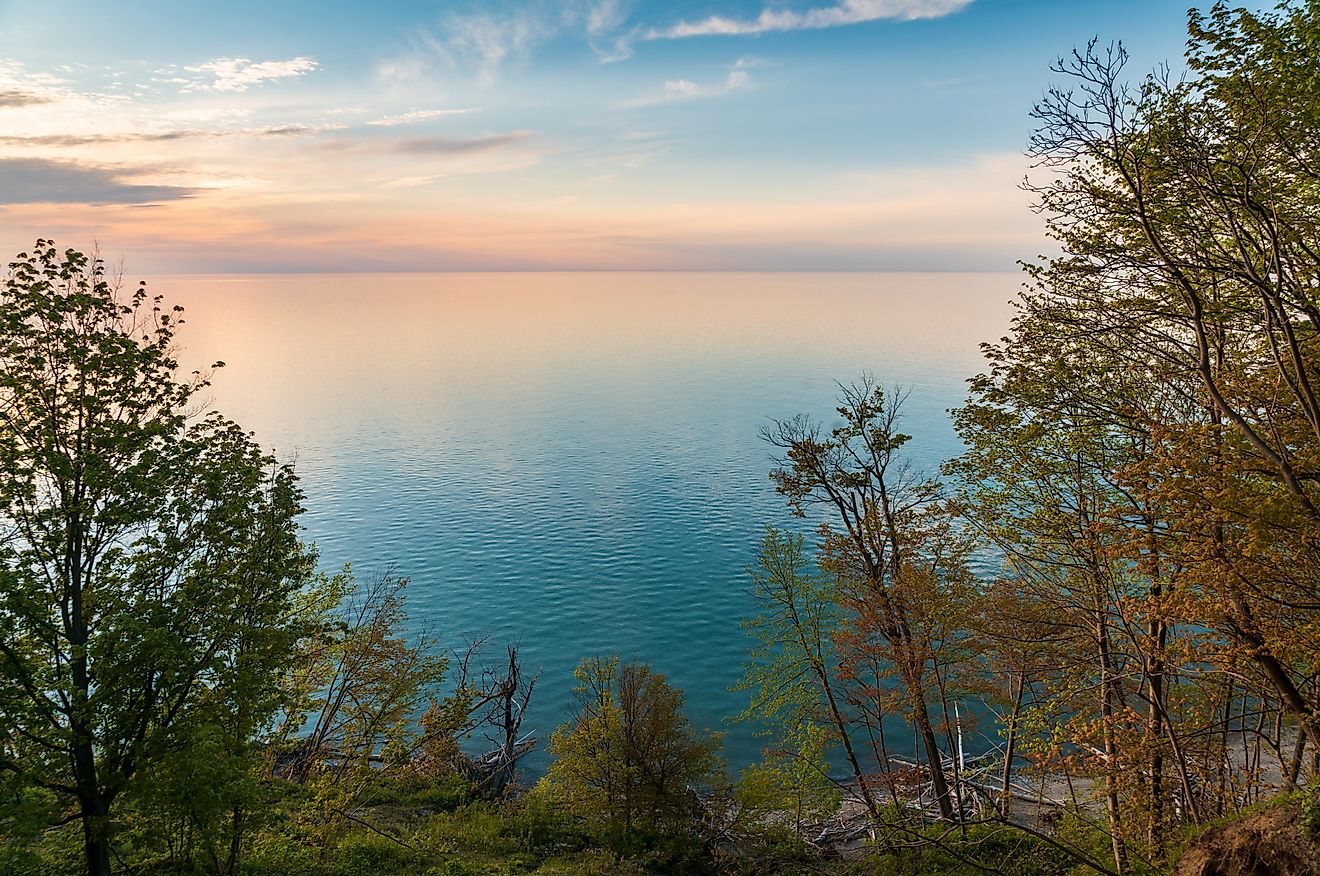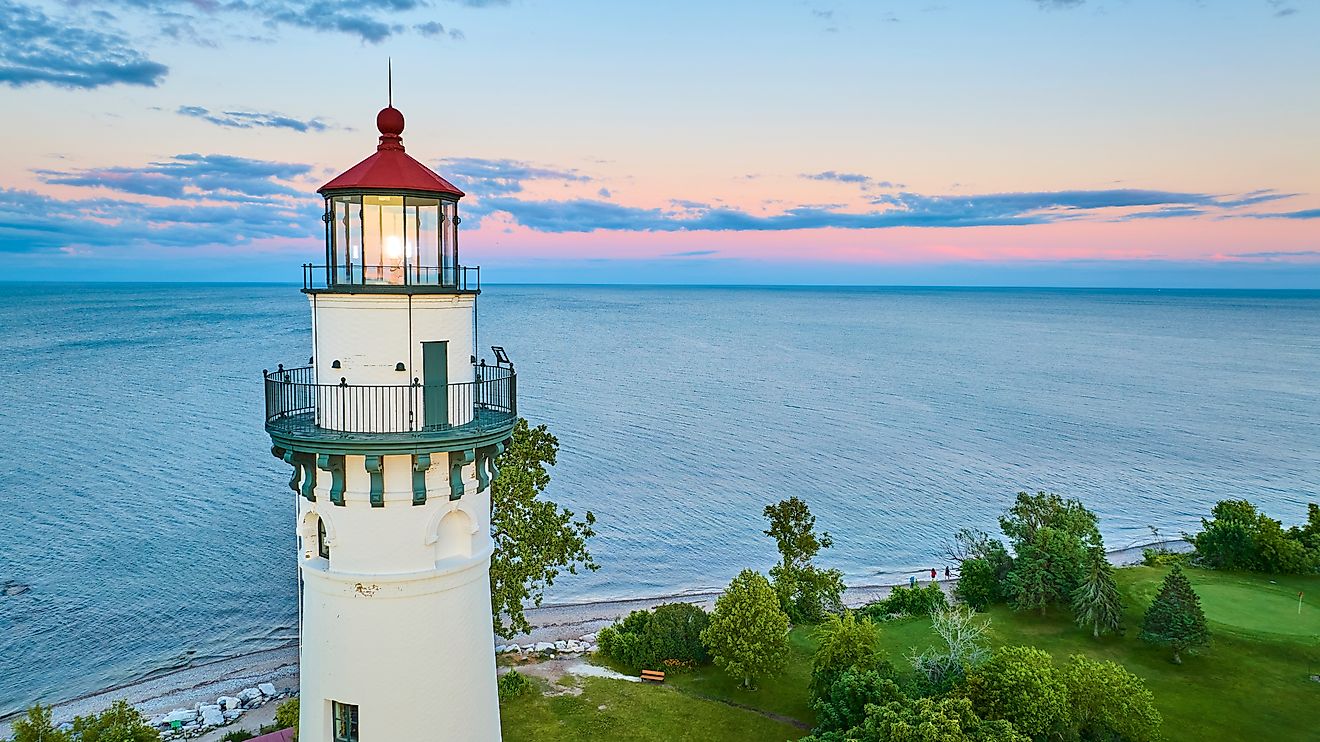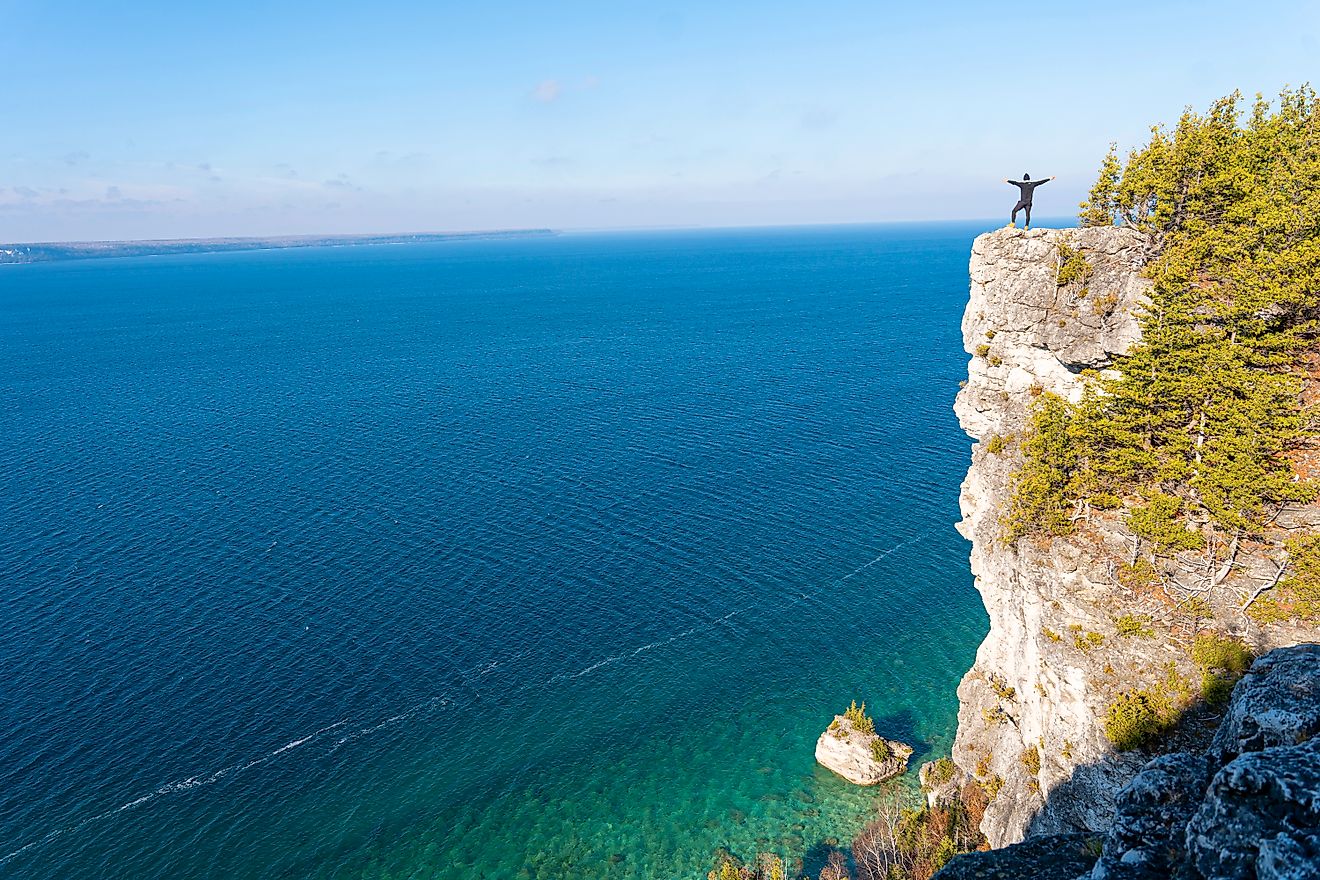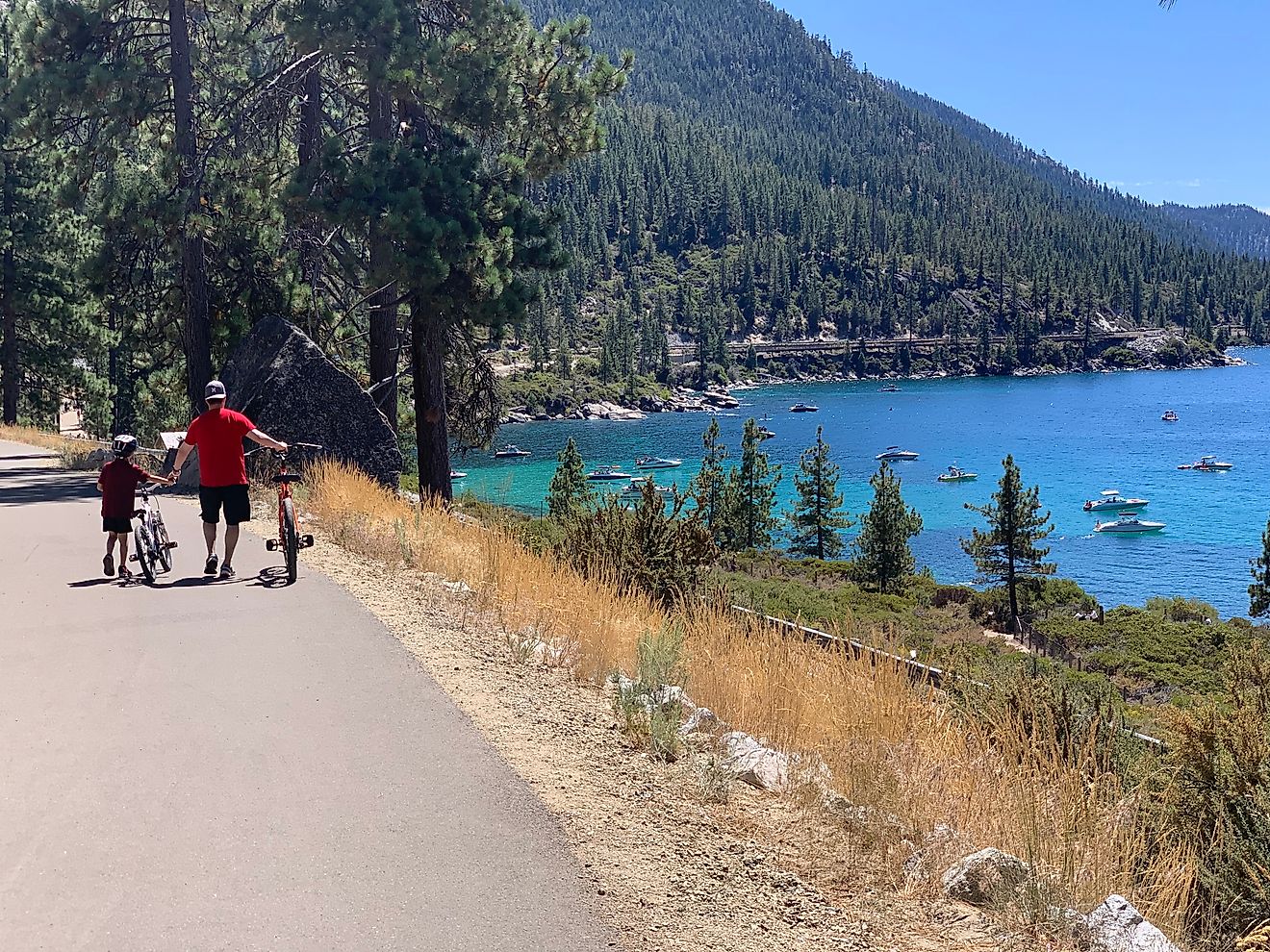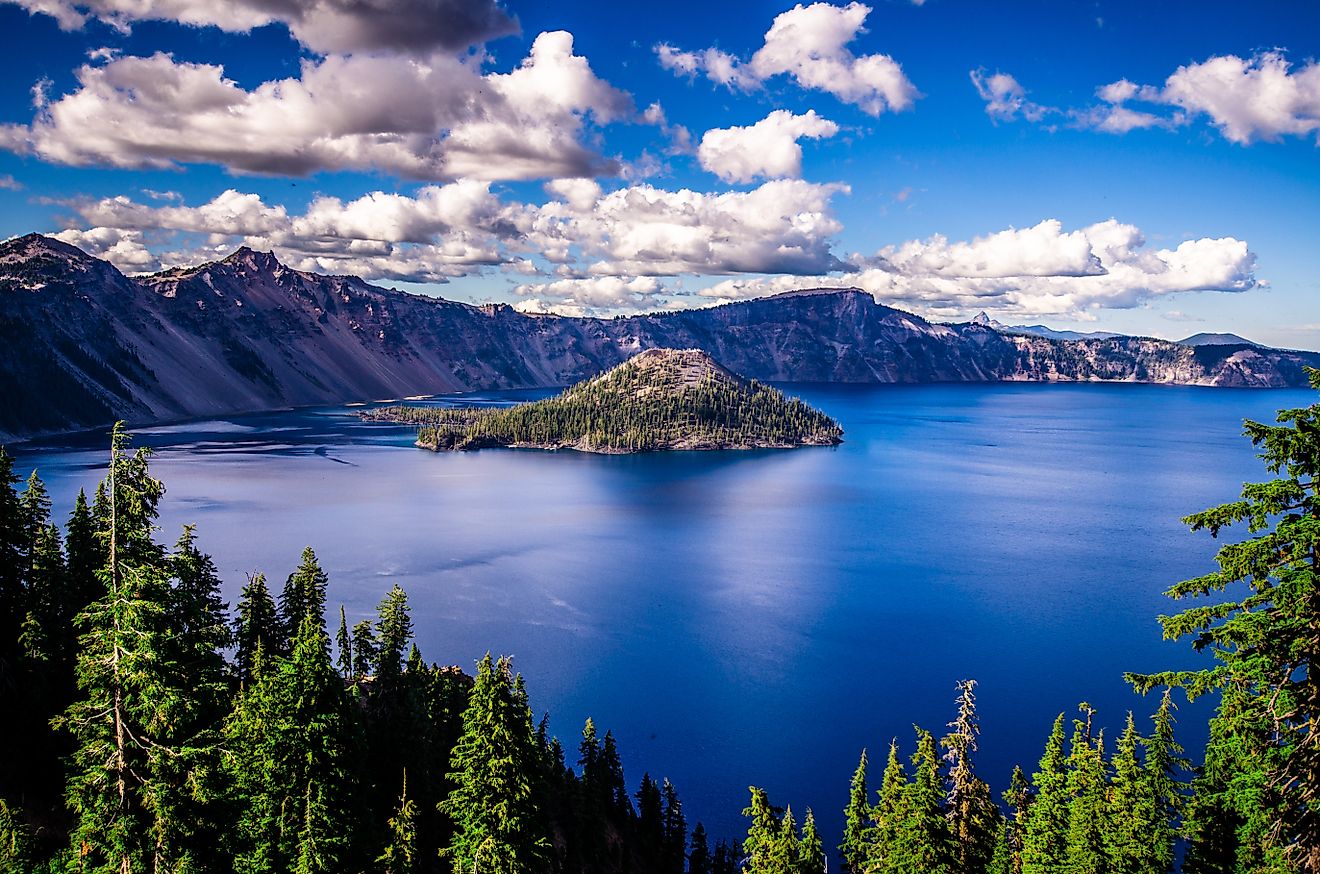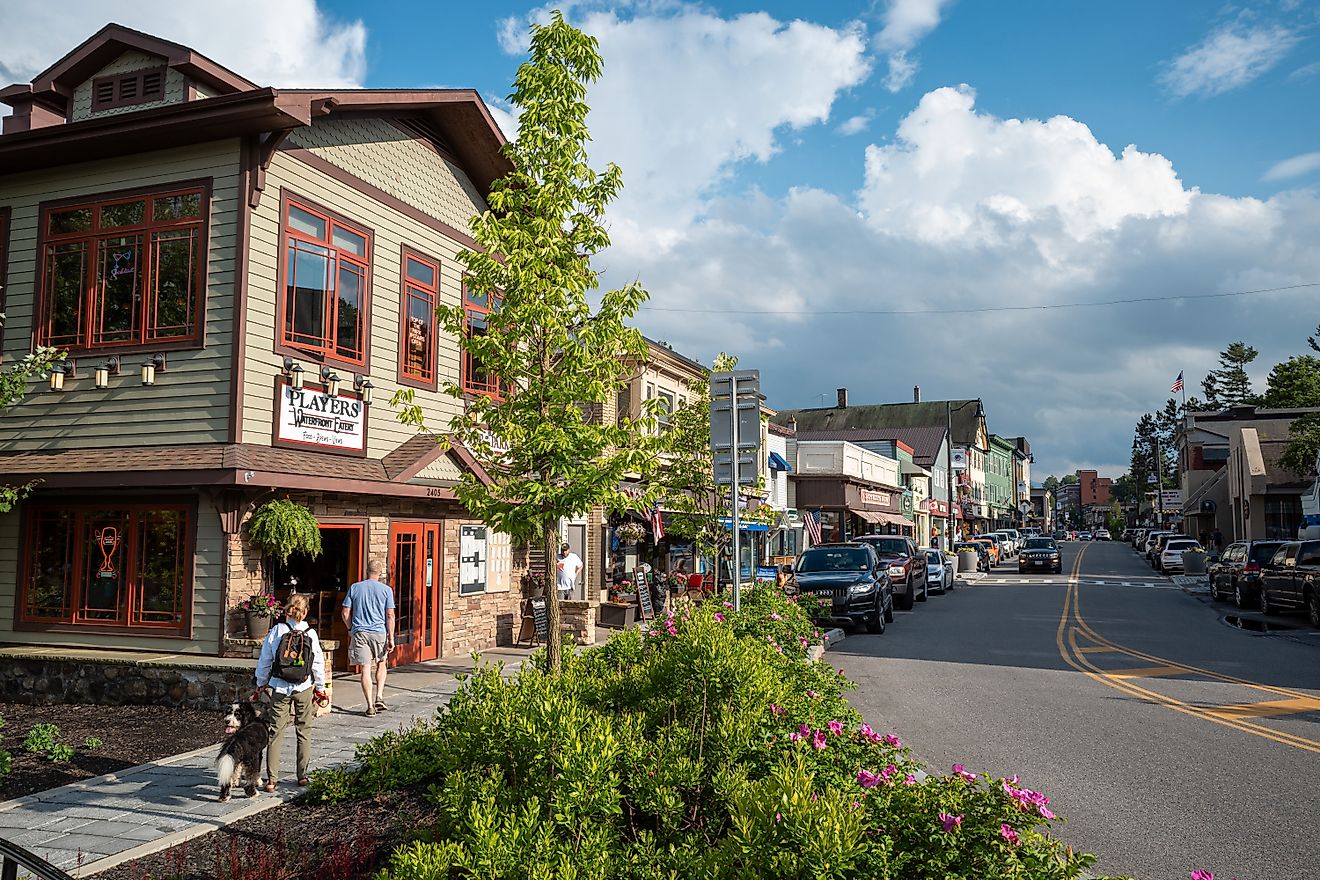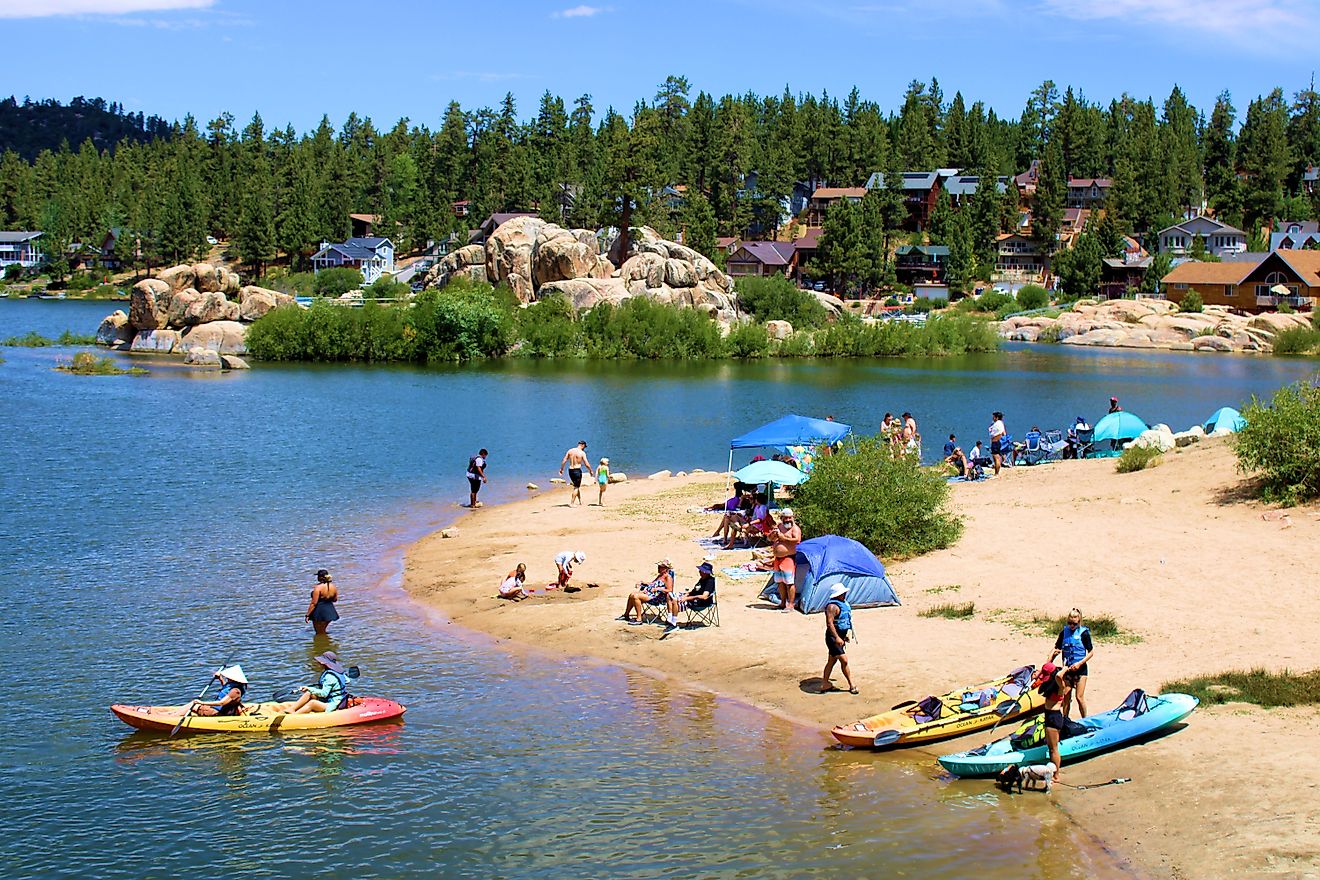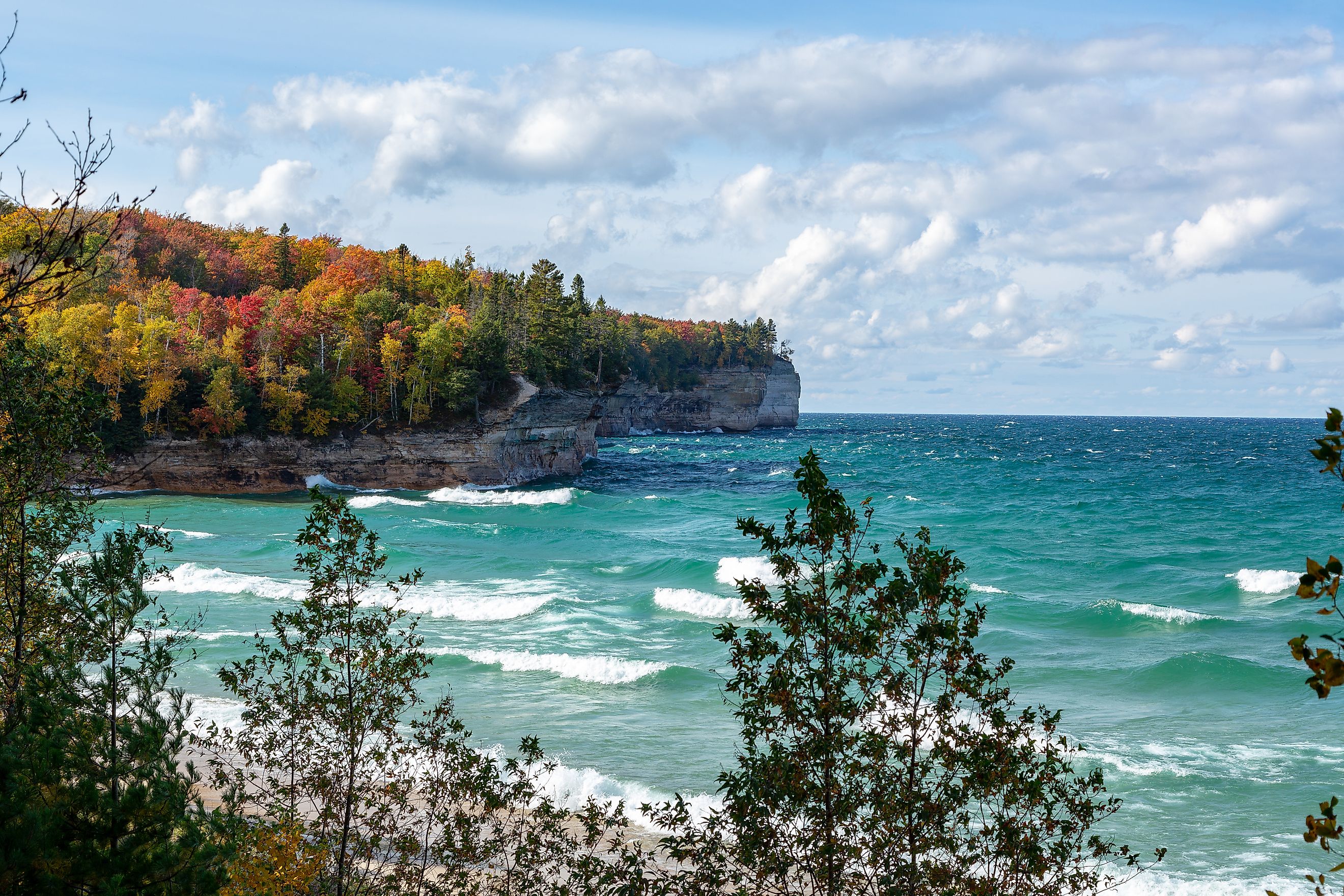
Lake Superior
Lake Superior is more than just a body of water—it's an awe-inspiring force of nature, a historical crossroads, and an economic powerhouse. As the largest and most northwesterly of North America's Great Lakes, it is one of the world's largest freshwater lakes, both by surface area and volume.
Spanning the borders of Canada and the United States, Lake Superior has captivated explorers, traders, and nature lovers for centuries. From its rugged coastlines and deep waters to its rich Indigenous and European history, this vast inland sea continues to play a vital role in shaping the region.
A Colossal Natural Wonder
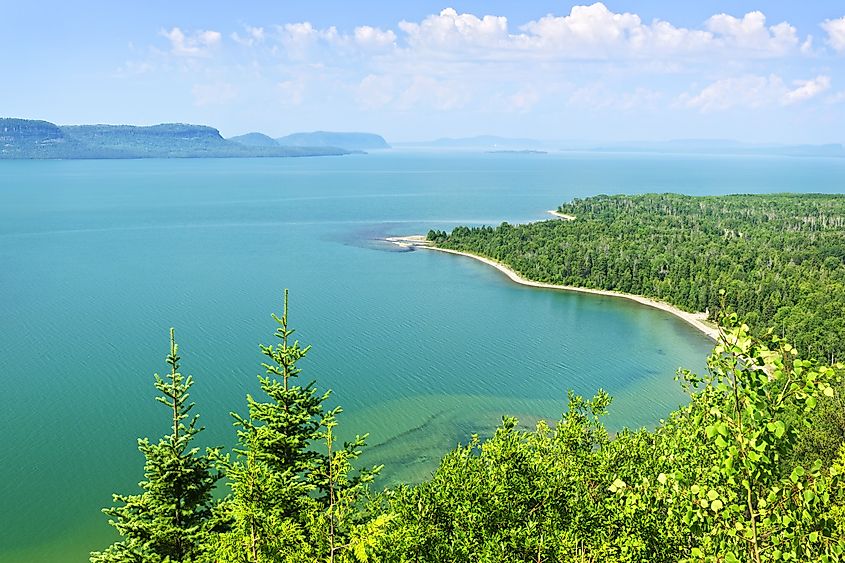
The sheer size of Lake Superior is staggering. Stretching 350 miles from east to west and reaching a maximum width of 160 miles, the lake covers an astonishing 31,700 square miles. With a surface elevation of 600 feet above sea level, Lake Superior holds so much water that if it were to be completely drained at its current outflow rate (without additional inflows), it would take 191 years to empty.
Its greatest depth plunges to 1,332 feet, making it the deepest of the Great Lakes. The lake’s vast drainage basin spans 49,300 square miles, and due to its immense volume, its water level fluctuations are relatively minimal compared to other Great Lakes. Annual lake-level changes are typically less than 12 inches, and long-term fluctuations rarely exceed one yard.
A Dynamic and Diverse Watershed
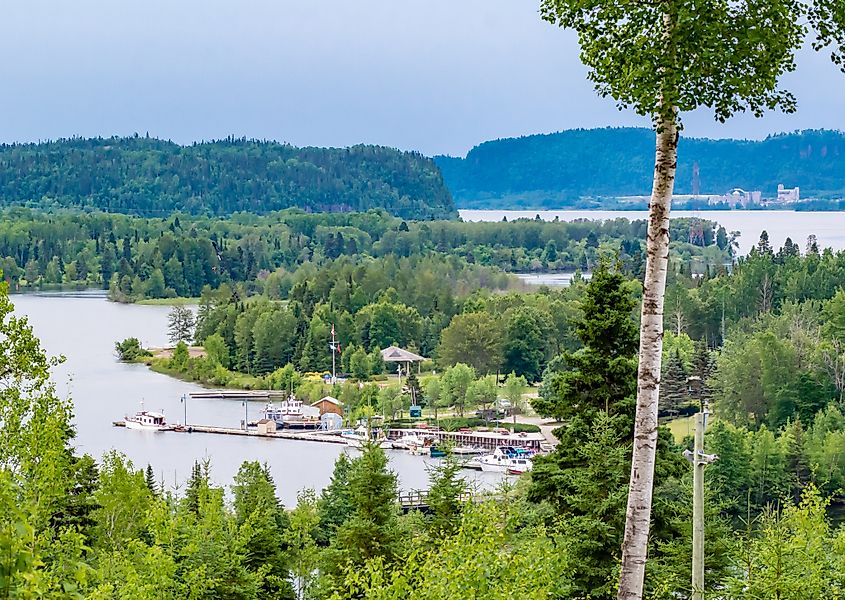
More than 200 rivers feed Lake Superior, with the most significant contributions coming from the Nipigon River in the north and the St. Louis River in the west. Other notable tributaries include the Pigeon, Kaministikwia, Pic, White, and Michipicoten rivers in Canada and the Sturgeon and Tahquamenon rivers in the US.
A small but crucial amount of water is also diverted into the lake from Long Lac and Ogoki, which are outside of the lake’s natural watershed. These diversions help regulate hydroelectric power production at Sault Sainte Marie, Michigan, and Niagara Falls.
Islands and Rugged Shorelines
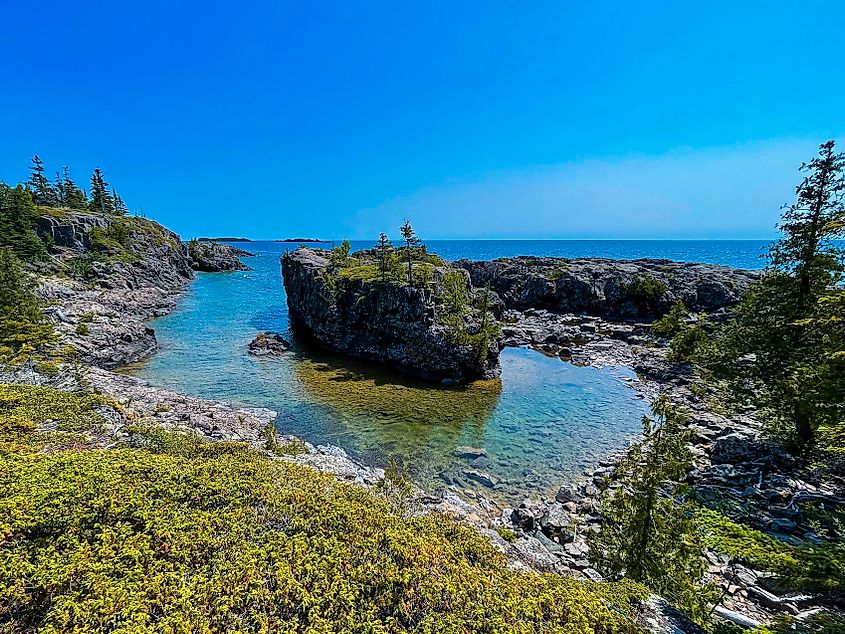
Lake Superior is home to several notable islands, each with its own unique geography and history. The largest, Isle Royale, is a US national park known for its rugged wilderness, pristine forests, and isolated ecosystem that supports moose and wolves. The Apostle Islands, located off the Wisconsin shore, are famous for their stunning sea caves and rich maritime history. Other key islands include Michipicoten, located on the eastern side, and St. Ignace, near the mouth of Canada’s Nipigon River.
The lake’s shoreline is just as striking as its islands. The north shore, in particular, is known for its dramatic cliffs, deep bays, and rocky headlands. Much of this coastline remains sparsely populated, with extensive forests dominating the surrounding landscape. These forests, rich in biodiversity, are protected as state, provincial, and national parks and serve as key areas for conservation, recreation, and sustainable forestry.
A Region Built on Natural Resources
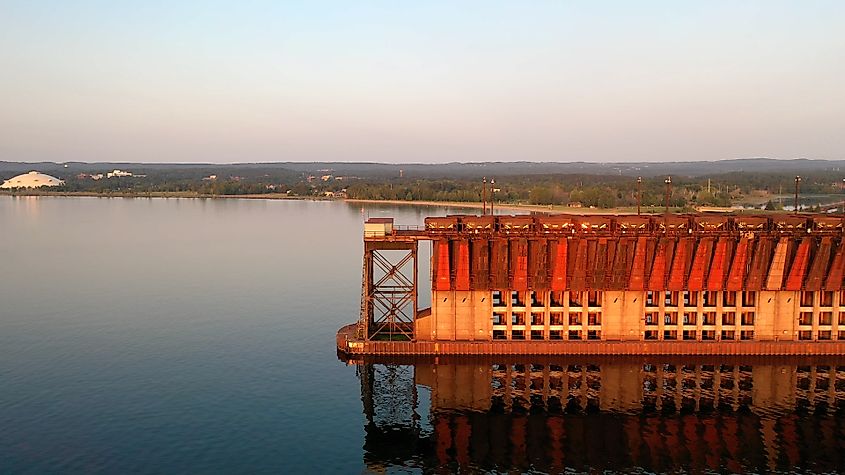
Lake Superior’s history is deeply tied to mining and industry. The region surrounding the lake contains valuable mineral deposits that have fueled economic development for more than a century.
Iron ore mining began in 1848, and the opening of the Soo Locks in 1855 facilitated the transportation of iron from the Lake Superior region to the industrial centers of the Midwest. The Mesabi Range in Minnesota and the Marquette Range in Michigan became some of the most productive iron mining regions in the world. While high-grade iron ore mining has declined, taconite and other low-grade ores are still extracted and processed on-site.
Other minerals found around Lake Superior include silver, particularly near Thunder Bay, Ontario, as well as nickel deposits north of the lake and copper in the Keweenaw Peninsula of Michigan. In the late 1800s, even gold was briefly mined along the lake’s southern shore.
A Hub of Maritime Commerce
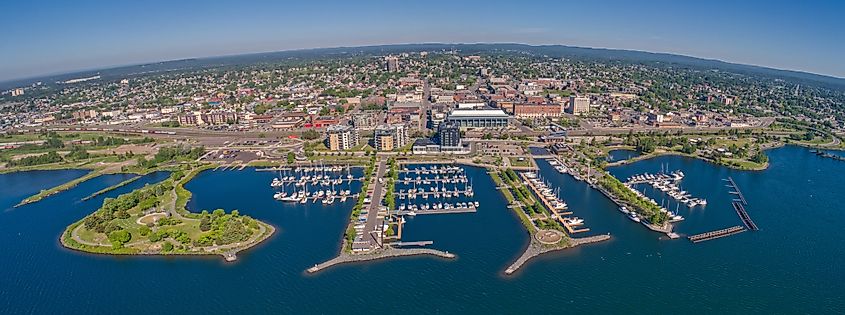
Lake Superior has long been a crucial artery for shipping and commerce. It boasts numerous natural harbors, and human intervention has further improved ports to accommodate modern industry. The lake’s shipping season lasts approximately eight months, with cargo ships transporting iron ore, grain, coal, and other materials to and from ports across the region.
Major ports include:
-
Thunder Bay, Ontario – A key hub for transferring Canadian prairie grain from rail to ship.
-
Duluth, Minnesota, and Superior, Wisconsin – A shared harbor that handles iron ore, grain, and flour shipments.
-
Taconite Harbor and Two Harbors, Minnesota – Export centers for taconite pellets.
-
Marquette, Michigan – A historically significant iron ore port.
-
Houghton and Hancock, Michigan – Located along a 40-km canal across the Keweenaw Peninsula, these ports have historical ties to the region’s copper mining industry.
-
Sault Sainte Marie, Michigan – Home to the Soo Locks, which allow ships to navigate between Lake Superior and the lower Great Lakes.
A Storied History of Exploration and Trade
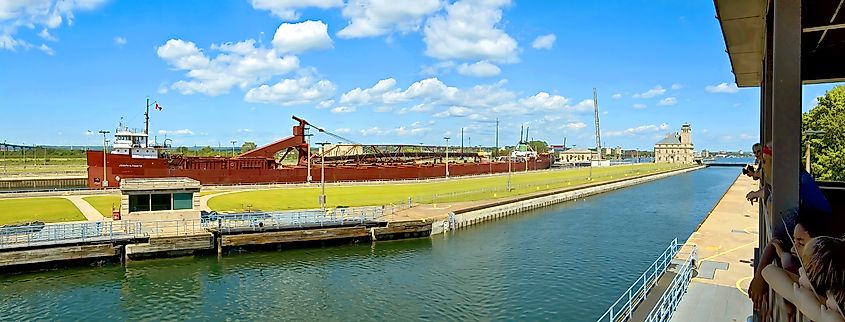
Lake Superior has been central to human activity for centuries, beginning with the Indigenous peoples who lived along its shores. Long before European explorers arrived, the Ojibwe, Huron, and other Indigenous groups relied on the lake for food, transportation, and trade.
The first European known to have seen Lake Superior was the French explorer Étienne Brûlé in 1622. Over the next few decades, French fur traders and missionaries ventured across the lake, seeking valuable pelts and converting Indigenous peoples to Christianity. In 1659–1660, Pierre-Esprit Radisson and Médard Chouart des Groseilliers traveled extensively on the lake, gathering furs that would play a critical role in establishing the fur trade in the region.
The French Jesuit missionary Claude-Jean Allouez circumnavigated and mapped the lake in 1667, and by 1679, French trader Daniel Greysolon, Sieur du Lhut (for whom the city of Duluth is named), opened the lake to a more structured fur trade network.
Following the British victory in the Seven Years’ War (1763), control of the region shifted from France to Britain. The fur trade remained in British hands until 1817, when John Jacob Astor’s American Fur Company began dominating the trade south of the Canadian border.
Legends, Shipwrecks, and the Power of the Lake
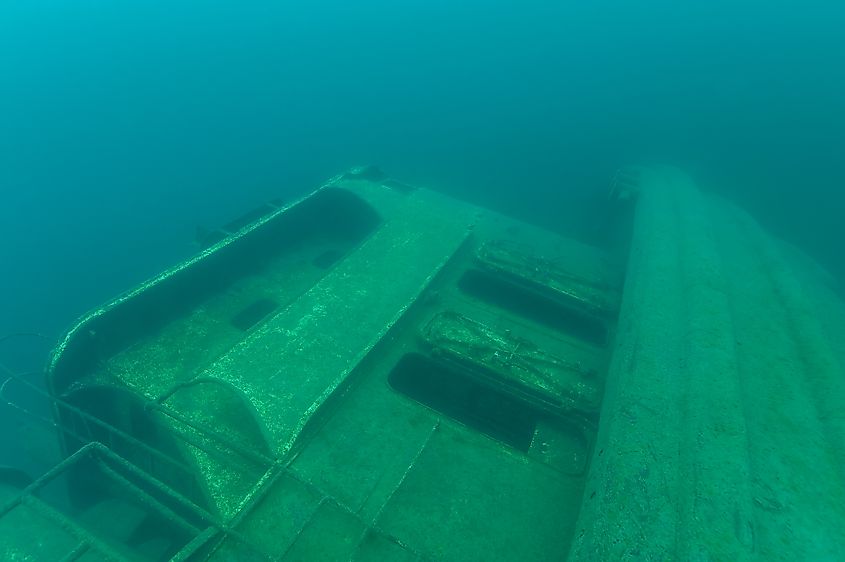
Lake Superior has inspired countless legends and stories, many of which reflect the lake’s unpredictable nature. Known for its sudden storms and powerful waves, the lake has been the site of many shipwrecks—perhaps the most famous being the SS Edmund Fitzgerald, which sank in a violent storm on November 10, 1975, with all 29 crew members lost.
The lake's vast, often eerie stillness and its ability to transform into a raging force have led to its nickname: "The Graveyard of the Great Lakes." Over 350 recorded shipwrecks have occurred here, and many more remain undiscovered beneath its icy depths.
A Natural Wonder Worth Protecting
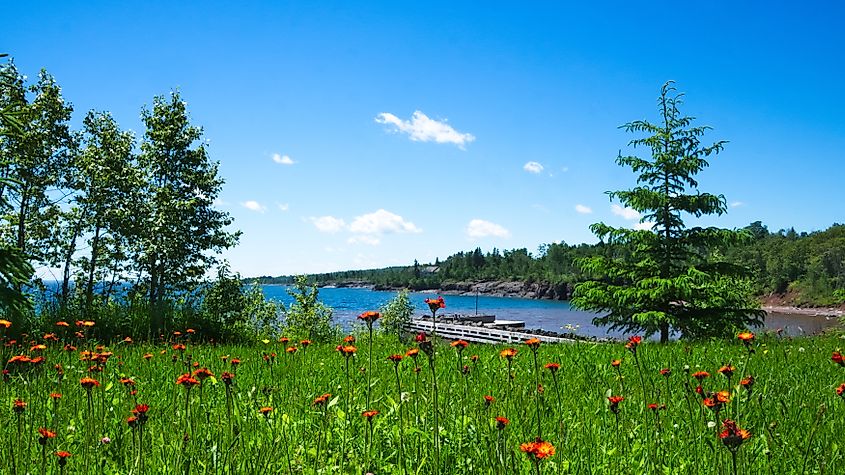
Despite its vast size and relatively pristine condition, Lake Superior faces environmental challenges. Climate change, invasive species, and industrial activity pose ongoing threats to its delicate ecosystem. Conservation groups and governmental agencies on both sides of the border are working to protect the lake’s water quality, fisheries, and surrounding forests.
From its role in shaping the continent’s natural history to its continued significance as a cultural and economic hub, Lake Superior is much more than a lake—it is a living, breathing force that connects people, past and present.
Whether you’re drawn to its breathtaking cliffs, fascinated by its maritime history, or simply in awe of its sheer scale, Lake Superior remains one of North America’s most captivating natural wonders.
